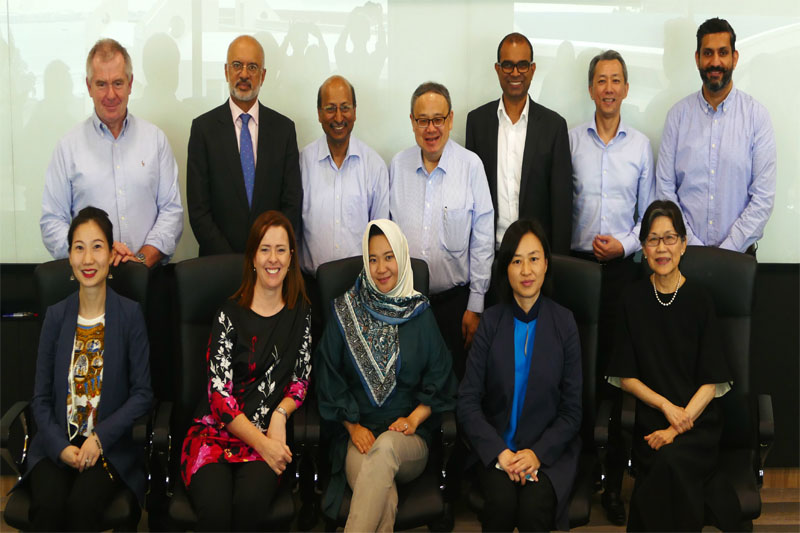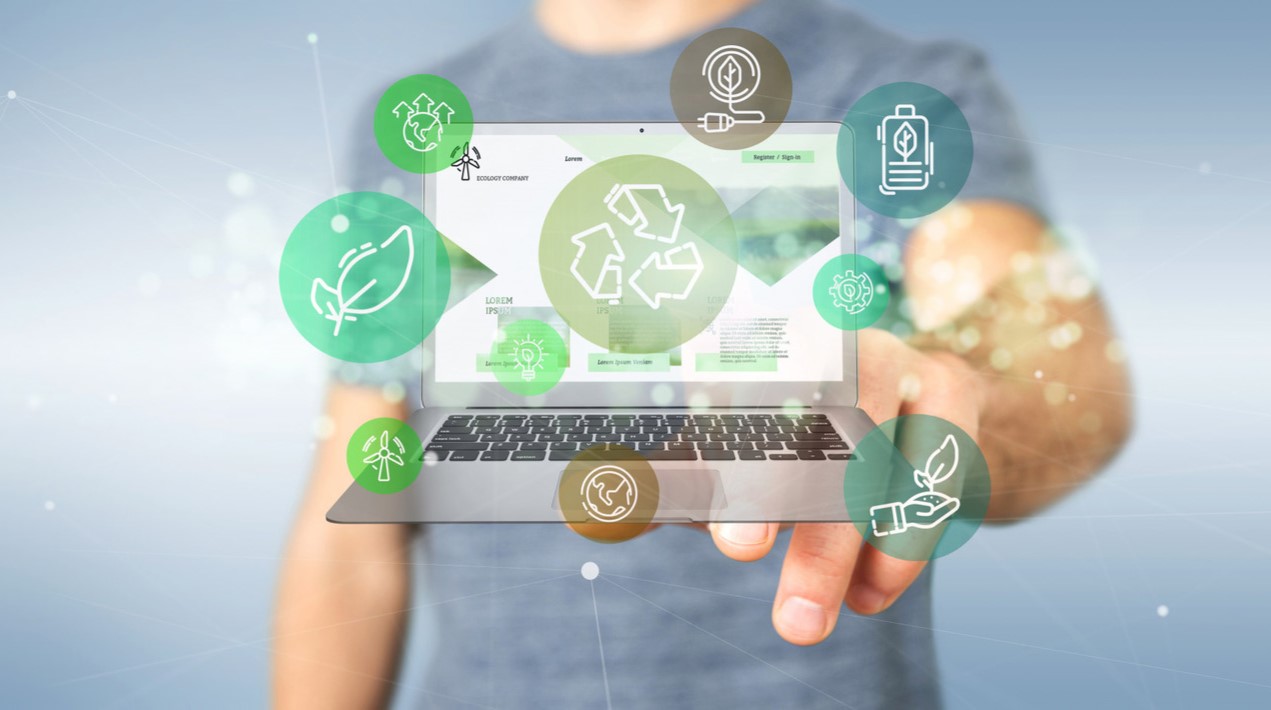
What the Advisory Council Does
Constituting a group of eleven thought leaders and industry captains of diverse backgrounds, the Advisory Council on the Ethical Use of Artificial Intelligence and Data is represented by individuals from large tech providers, users, academia and government. Former Attorney-General, Mr V K Rajah SC chairs the Advisory Council.
The Advisory Council is one of three structured, interlinked initiatives to support the engagement of stakeholders to collaboratively develop a trusted and vibrant AI ecosystem and position Singapore as a leading hub for AI.
On issues of the responsible development and deployment of AI, the Advisory Council will advise and work with the Infocomm Media Development Authority (IMDA). They will also assist the Authority on issues that support the development of AI governance capabilities and frameworks. Additionally, the Government will be assisted by the Advisory Council in developing ethics standards and reference governance frameworks, and publish advisory guidelines, practical guides, and codes of practice for the voluntary adoption by the industry.
Inaugural Meet to a Good Start
The Advisory Council had their first meeting three months after the full composition of its members was announced by Minister for Communications and Information Mr S Iswaran on 30 August 2018 at AI Singapore’s first year anniversary.
At the meeting, the council members discussed the ethical use of AI and data. Among the topics tabled for discussion, was the paper released by the Personal Data Protection Commission (PDPC) in June 2018 on the responsible development and adoption of AI. Council members also provided their suggestions on how to improve the draft model framework, calling for broader engagement and consultation.
Private-public relationships like these are necessary to enable the Digital Economy, according to the media release. AI ecosystems must be sufficiently trustworthy for industries to uptake the technology in their businesses. Moreover, AI technologies need to be trustworthy so that strong consumer confidence is established, while ensuring their protection and participation. Thus, the development of responsible practices must be informed by diverse views and a global perspective.
The media release said, “Singapore aims to contribute to the global discourse by proposing a pragmatic governance framework that translates ethical principles into practice.”
Accordingly, an updated draft will be available soon.
“I am especially thankful for the attendance of a strong and diverse transnational mix of members, including tech giants, companies large and small, users, academia and government. Building a future Digital Economy with a trusted AI ecosystem is critical,” said Senior Minister of State Dr Janil Puthucheary.
Looking to the Future
In the Digital Economy Framework for Action, AI will undoubtedly be an enabler.
IMDA in collaboration with AI Singapore, has announced initiatives in support of its AI strategy.
First, industry adoption of AI will be championed. They hope to promote an understanding of the benefits from implementing AI.
Next, a vibrant ecosystem of AI developers and companies, users and suppliers, and talented researchers and engineers will be built.
Third, specific AI leadership areas will be identified to grow industry and R&D capabilities.
Finally, to develop an AI-conducive business environment, additional clarity will be provided, and relevant regulations will be reviewed.
















